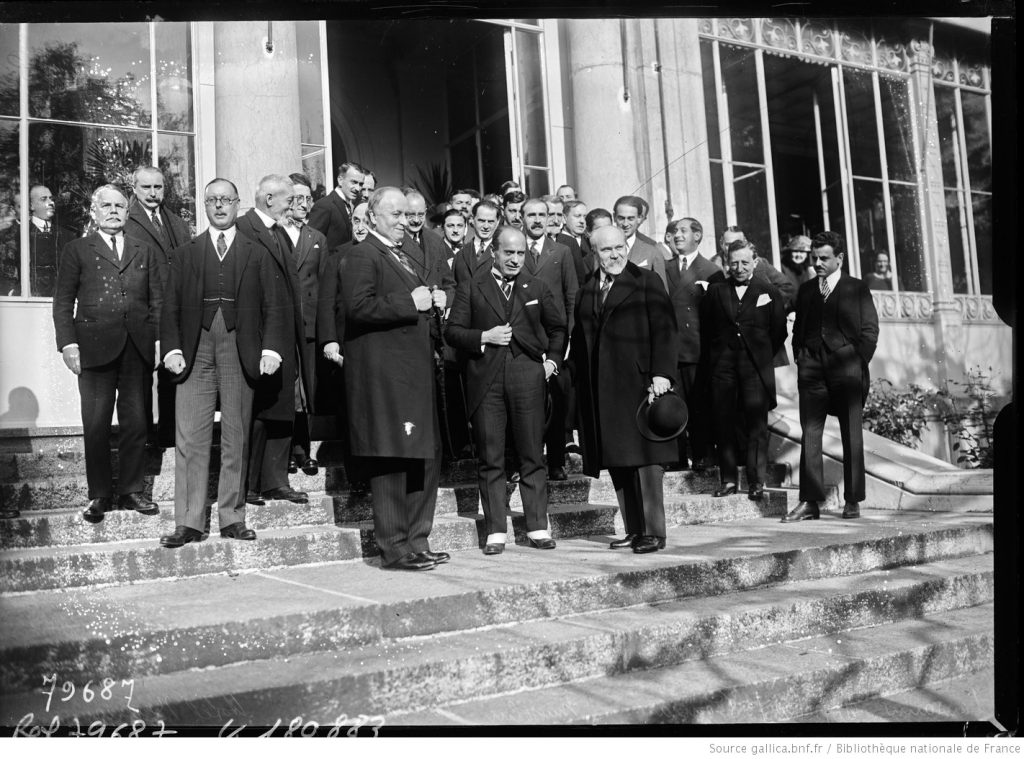Working to improve mutual understanding between the Middle East and the West
Working to improve mutual understanding between the Middle East and the West
No products in the basket.
Convenors: Dr Ozan Ozavci (Utrecht) and Dr Jonathan Conlin (Southampton)
Lausanne was “the longest lasting and most successful of the post-First World War settlements”, to quote Alan Sharp. Between November 1922 and July 1923 plenipotentiaries of Turkey and the “Allied and Associated Powers” met on the shores of Lake Geneva to shape the political, economic and demographic future of the post-Ottoman Middle East and Balkans. The resulting population exchanges forcibly displaced 1.5m people, establishing the “unmixing” of populations as a peacemaking tool, one which has come to be seen more recently as “ethnic cleansing”. Despite its significance for regional and transnational history, the Lausanne Peace Conference has hitherto received relatively little attention from scholars outside Turkey.
With the support of the Gingko and the Calouste Gulbenkian Foundation the conveners have formed an international team of nineteen scholars –of Diplomatic, Political and Business history; International Relations; Art History/Visual Studies; Middle East Studies; Migration Studies and International Law– to collaborate on a volume devoted to the Conference and its impact. This volume will be published by the Gingko in 2023.
The conveners view the upcoming centenary of Lausanne less as an opportunity to provide the “missing” equivalent to existing studies of Versailles, and more as an opportunity to transcend traditional diplomatic history, reintroducing the non-state actors (such as multinational enterprises, banks, political parties, NGOs and the media) whose influence on the deliberations at the Hotel Beau Rivage was evident to contemporary observers, yet which has been neglected by historians as of “peripheral” interest. Lausanne shifted borders and unleashed unprecedented population exchanges, but it also changed how capital, goods and information flowed between east and west, as well as within the Middle East.
The workshop and volume are core elements of The Lausanne Project: a forum for scholars to share new research on interwar relations between the Middle East and the rest of the world, and to reflect on Lausanne’s legacy for 2023 and beyond. Other elements include a travelling exhibition built around Guignol à Lausanne (1923), a collection of caricatures by Hungarian Jewish artists Alois Derso and Emery Kelèn, as well as a collaboration with the Musée Historique Lausanne, on a series of exhibitions and outreach events in Lausanne itself.
For more information, visit the website at www.thelausanneproject.com

Our work relies on the generous support of our donors. Any contribution, no matter how small, helps us achieve our aims.